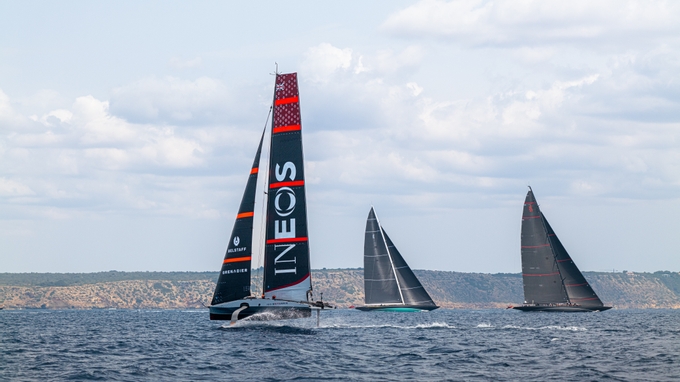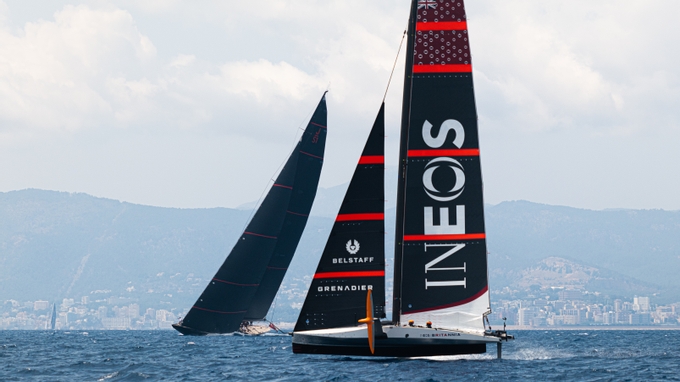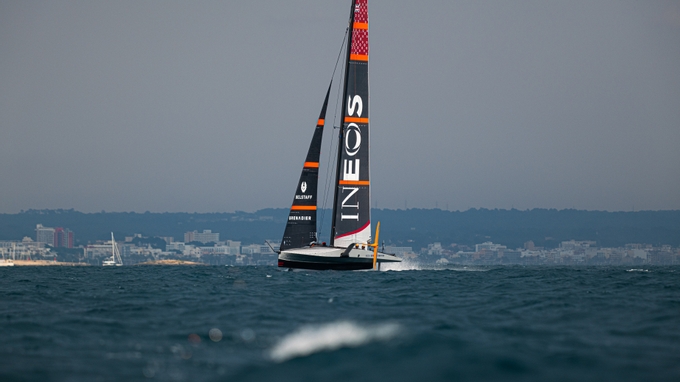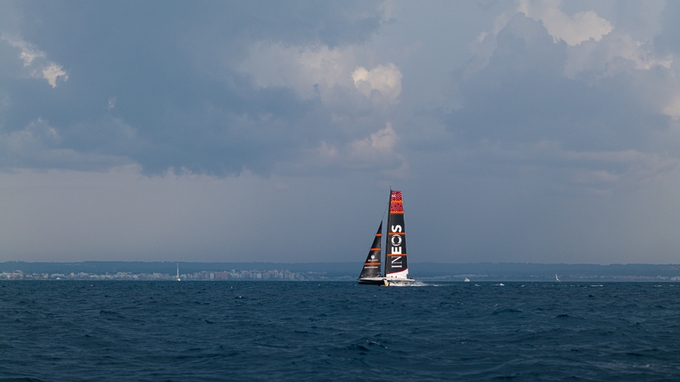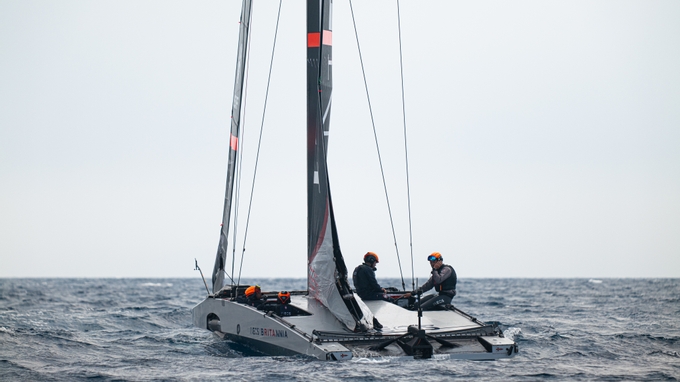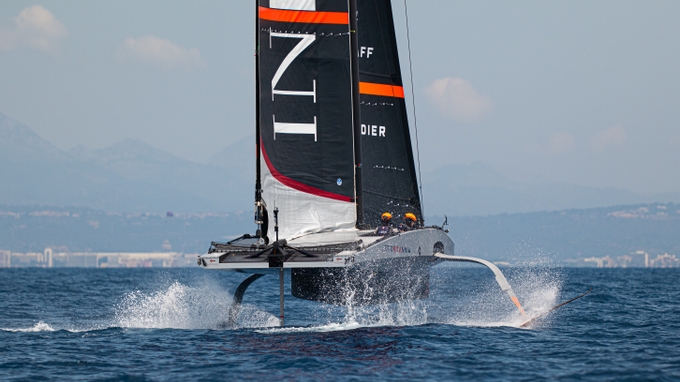PUSHING ON IN PALMA
The relentless testing programme goes on for INEOS Britannia in Palma with a growing sense that the team are making significant progress all round and thoroughly enjoying the new performance profile of their prototype LEQ12 ‘T6.’ Certainly, on the water, the sailors look sublime and their boat handling as they rifle through testing modes dictated by this technology-first campaign that to the naked eye look uncomfortable, is to be applauded. So comfortable are the test team now with ‘T6’ that it's noticeable how hard they can push through the tests and when given the green-light to free-sail, look imperious. Big gains being made, and it shows.
Today out on what looked like an unpromising Bay of Palma, it was anything but, as the skies cleared and a beautiful sea-breeze filtered in, delivering 14-17 knots later in the afternoon on this mammoth 5-hour data gathering day. ‘T6’ is arguably the most analysed boat in this America’s Cup cycle and everywhere you look there are cameras and sensors capturing every tiny piece of data they can. So, the opportunity to speak with Will Bakewell, the INEOS Britannia Data and Test Lead, was one not to be missed and talking about his role on the water, Will offered: “On a sailing day it's very much about trying to run the tests in a manner that’s as methodical and scientific as possible and then trying to trying to make sure that it's annotated and described well for everyone back here analysing (in Palma) and back at the factory (in Brackley, Northamptonshire) analysing to do their work… there are some things that are far more subjective that we have to rely on the sailors to give us the feedback on, and there's other things which the sailors absolutely can't give us feedback on and we can only measure so it totally depends what we are looking at.”
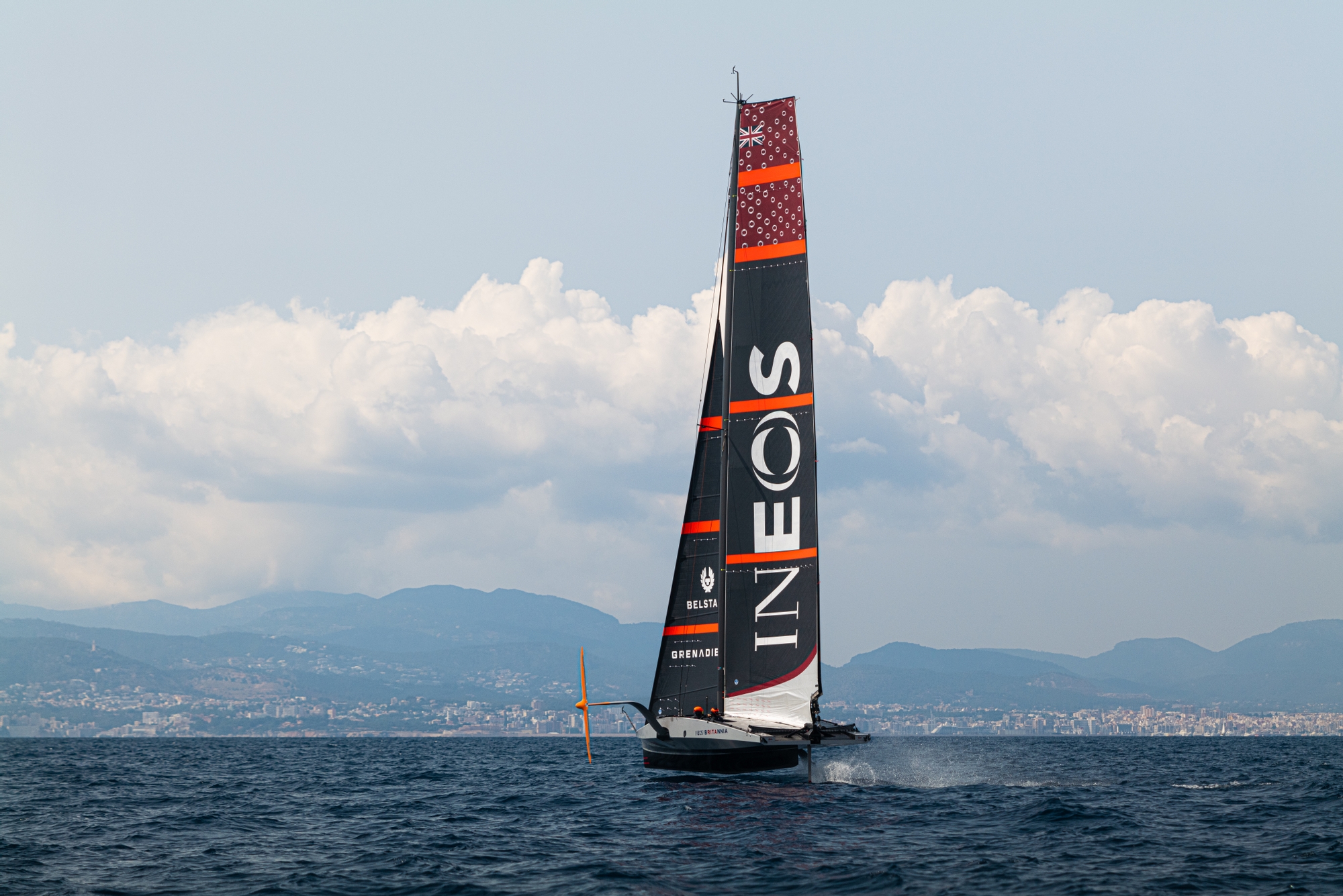
Much has been written and spoken about the British team’s early tests with the W-Foil on the starboard foil arm now replaced by a more ‘conventional’ long span anhedral with both foils being measured against the earliest T-foil on the port side. Talking about how the team goes about testing and deciding which foil is better, Will commented: “It totally depends what aspect of the foil we're trying to look at. There are obviously parts of the performance of the foil that we really care about and things that will be of key importance next year and we design tests just to go and look at the smallest possible bit of the performance envelope that we really care about. If we have too many variables, then it starts to get all get a bit complicated… it's actually just trying to look at a sort of solid consistent baseline so that’s the foil (the port foil) that we've had on the longest and it just provides us an opportunity to compare against a baseline and learn as much as we can.”
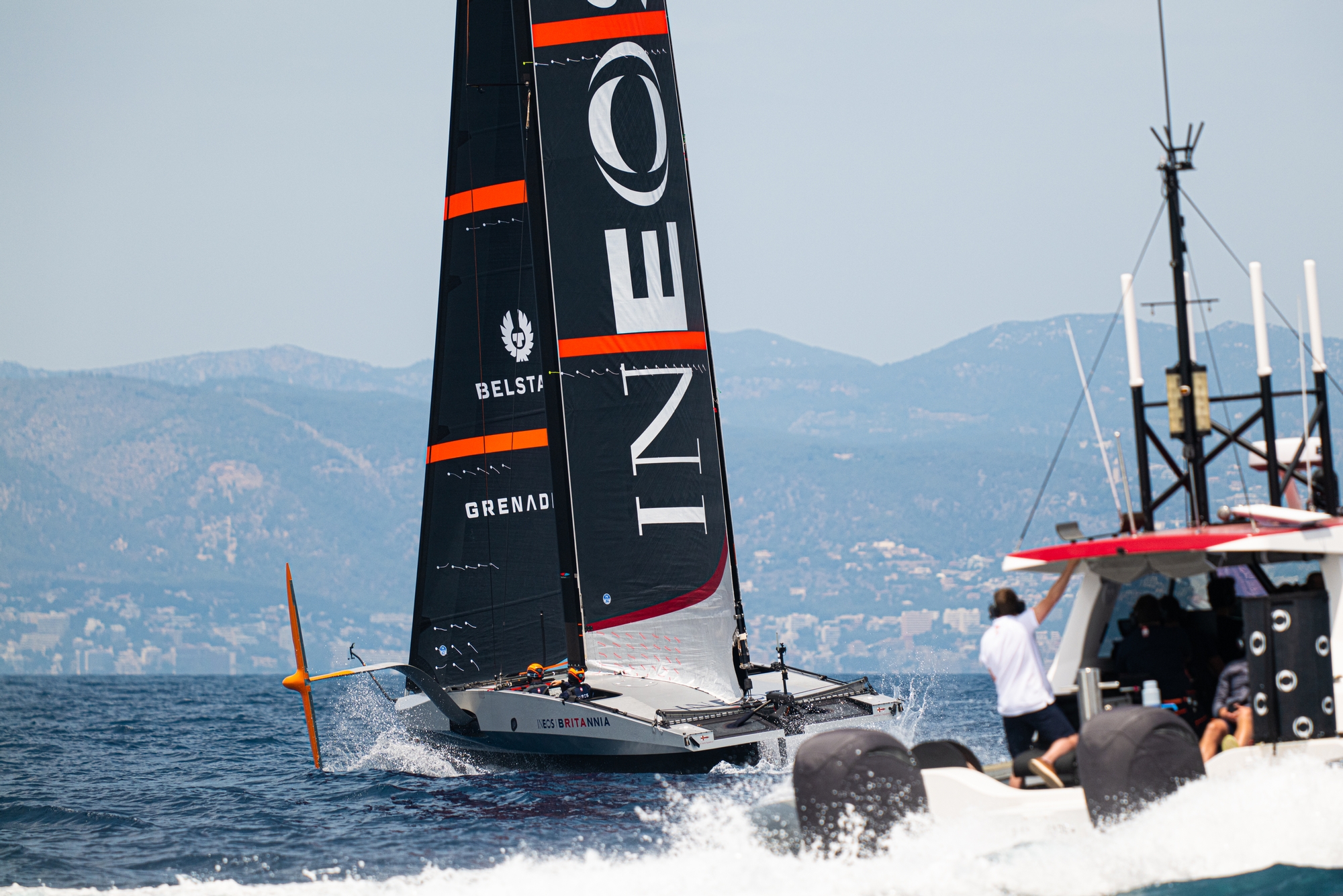
The recon team have noticed LiDAR cameras mounted on the foredeck looking up at the sails as we’ve seen on other teams in this America’s Cup cycle and the output these cameras offer is next level in terms of sail design using the light from a laser to collect measurements. Depending on the sensor used, LiDAR scanning units can fire hundreds of thousands of pulses per second. These light waves bounce off objects and return to the LiDAR sensor. The sensor uses the time it takes for each pulse to return to calculate distance (time of flight). Each of these pulsed laser measurements, or returns, can be processed into a 3D visualization known as a ‘point cloud’ and whether the output is being used in real time on the boats or is just for the data analysts back at Mission Control to look at is a closely guarded secret. Will was giving nothing away on whether the LiDAR cameras are being used in real time, but he did say guardedly: “We have seen it with some other teams so it turns out we are all using roughly similar sensors, and those sensors are looking up and telling us as much about the sails as we can see.” Fascinating.
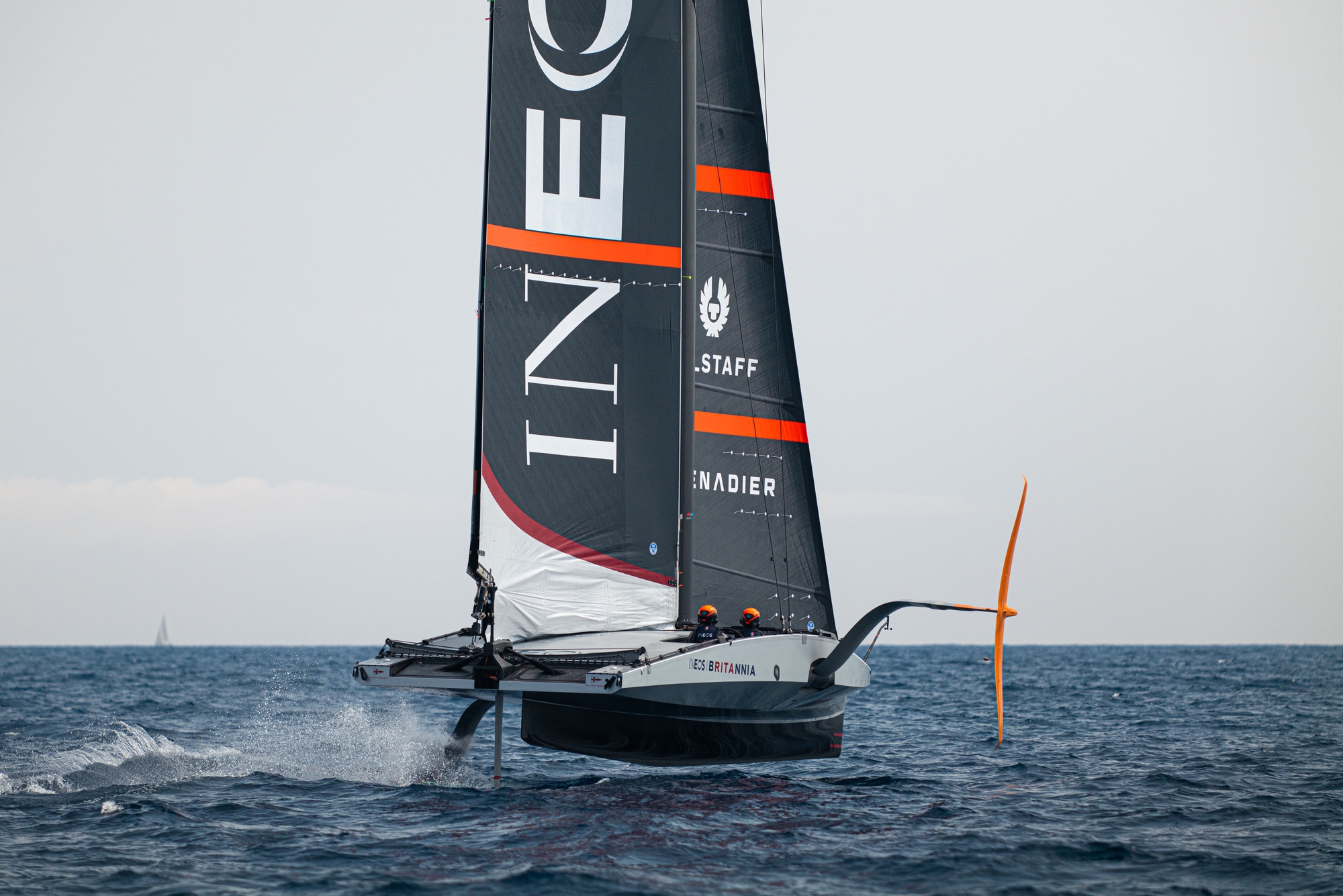
Another great session for INEOS Britannia and for those watching the ‘Highlights’ video below, the J-Class yachts doing two-boat testing in the Bay of Palma are Svea (JS1) and Topaz (J8). Both were designs that were ultimately never built for the America’s Cup with Svea coming off the board of Swedish designer Tore Holm in 1937 and Topaz being from the famous Cup designer Frank C. Paine in 1935.
Undoubtedly graceful, the juxtaposition between the old and the very new was stark in Palma today. More to come from the British this week.
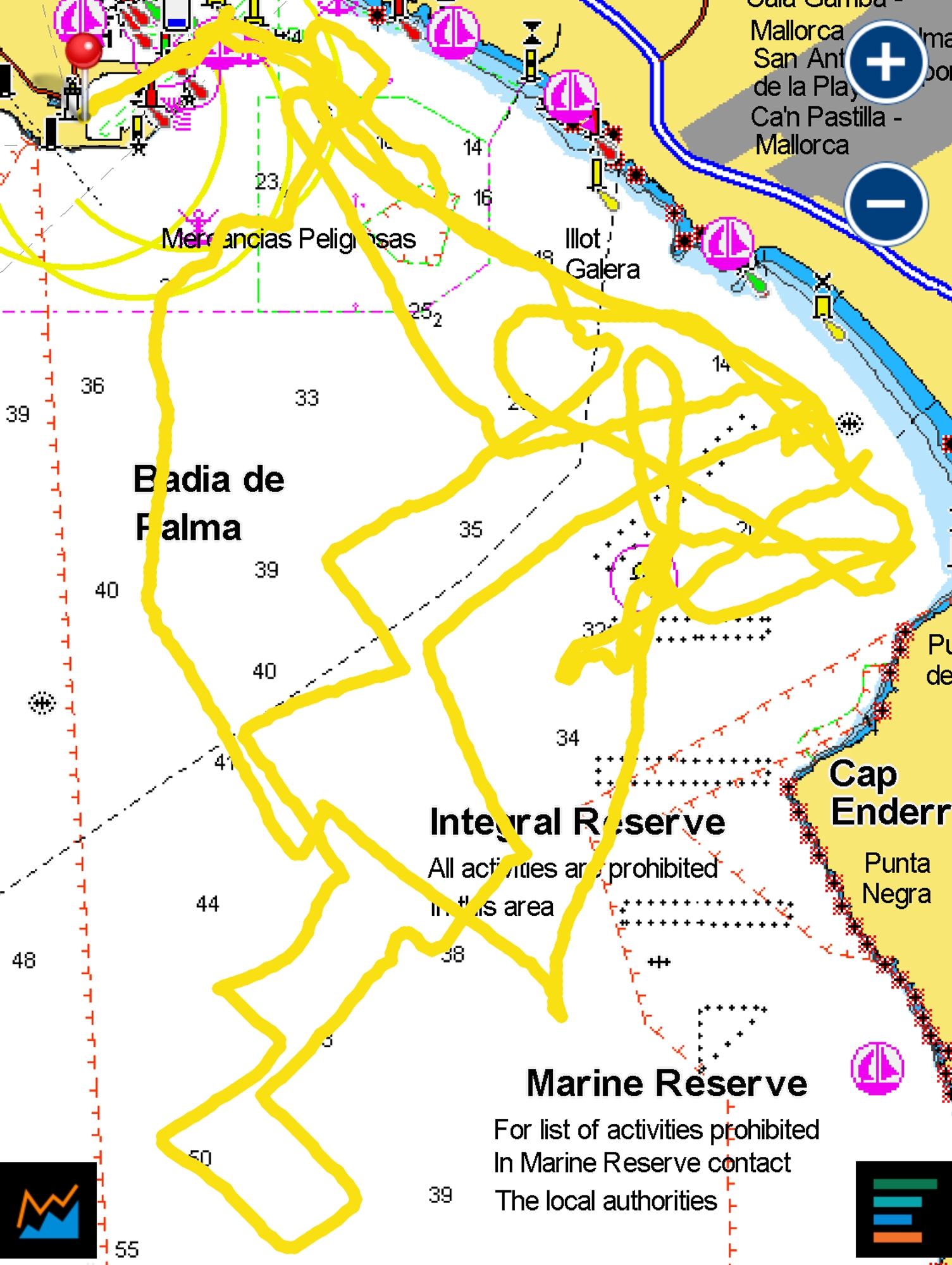
On-Water Recon Notes: With the wind at dock out this morning blowing from the north-east at 10+ knots it looked like another day of shifty land breezes was on the cards. However, as INEOS Britannia Head of Sailing Giles Scott predicted as he boarded the team's T6 LEQ12 "we are expecting a switch" – and so it came to be, with the fluky and patchy land breeze lasting only 20 minutes into the team's first run before clearing skies over the land triggered the dominant southerly sea breeze.
A fast tow out to where two magnificent J Class yachts were already making the best of the new breeze for their two-boat practicing and the INEOS Britannia yacht was immediately into the air and ripping around Palma Bay in a solid 12-13 knot breeze with the M1-2 mainsail and the J2-1 headsail for the first 40-minute flight of the day. With the wind arcing up to the 13-15 knot range by 1400 the team stopped to change down to the J3-2 headsail.
After a fast start to the day's second session twenty minutes in the crew had to stop to hoist a support team member up to the spreaders to adjust the two downward facing cameras fitted there. 30 minutes later they were off again – now in 14-17 knots from 220 – but only for five minutes before another stop was called. This time boat captain Chris Shrimer jumped on board to deal with a problem which involved climbing inside the double skin mainsail.
This fix took forty minutes before the crew were up in flight again for a couple of fast windward/leeward runs lasting 30 minutes before a battery change stop at 1555. The final session of the day lasted a little over an hour and at times saw the team sailing in the now familiar bow-up stance, sailing fast downwind angles, and finishing off with a mesmerising set of match racing prestart manoeuvres that included several impressive two-board 360-degree tack and gybe sequences, as well as aggressive bear aways and round ups. A 10-minute lull in the breeze to 7 knots required a tow up before the breeze came back 10+ knots.
Time was called at 1715 with sails down by 1730 and dock in a 1745. Another sailing day has been scheduled for tomorrow.
Recon Notes:
Dock-out: 1215 Dock-in: 1745
Conditions: 1224: 090 12 knots; 1310: 180 12-13 knots; 1350: 220 13-15 knots; 1455: 220 14-17 knots; 1640 220 9 knots; 1650 240 12 knots
Weather AM: Cloudy 15-20°C.
Weather PM: Clearing skies ashore, cloudy at sea 23°C.
Sea state PM: Flat inshore/moderate chop with 075 m swell offshore
Onboard Today:
Helms: Giles Scott / Dylan Fletcher-Scott
Crew: Luke Parkinson / Iain Jensen
Sails Used:
Mainsail M1-2: 5 hours
Jib (J2-1): 1 hour 15 minutes
Jib (J3-2): 3 hours 10 minutes
Total Tacks: 38 – 30 foil-to-foil, 3 touch & go, 5 touchdowns.
Total Gybes: 28 – 20 foil-to-foil, 4 touch & go, 4 touchdowns.
Take off Speed: 19-22 knots at 60-80° TWA ‘self’ and 120° tow-up. Take-offs were both ‘self’ and tow-up today.
